Keywords: Glucosinolate, Oral Cancer
Introduction
Oral cancer is a malignant neoplasia which arises in the lip or oral cavity. Oral cancer is two to three times more prevalent in men than women in most ethnic groups. The effects of cancer can be devastating, both physically and emotionally. Cancer can cause pain, fatigue, and other physical symptoms, as well as significant emotional distress for the individual and their loved ones. In addition to its physical and emotional toll, cancer can also be financially burdensome, as the cost of cancer treatment and care can be high.
Current practice of chemotherapy
Chemotherapy drugs destroys normal cells in the body, along with cancer cells. This is because chemotherapy drugs work by targeting and killing rapidly dividing cells, which includes not only cancer cells but also some healthy cells that naturally divide quickly, such as those in the hair follicles, digestive tract, and bone marrow. The destruction of normal cells can cause side effects, such as hair loss, nausea and vomiting, diarrhoea, and an increased risk of infections. However, most normal cells are able to recover and regenerate once the chemotherapy treatment is over.
To minimize the damage to healthy cells, doctors try to use the lowest possible dose of chemotherapy that is still effective, and they may also use different drugs or combination therapies to target cancer cells more specifically. Additionally, supportive treatments like anti-nausea medication, blood transfusions, and growth factor injections can help manage some of the side effects of chemotherapy and support healthy cells during treatment.
Current Drawbacks in Cancer Therapy
Chemotherapy and synthetic drugs used for cancer treatment can cause a range of physiological problems, which can vary depending on the specific drugs used and the individual’s response to treatment. Here are some common physiological problems faced by people undergoing cancer treatment:
- Nausea and vomiting: Chemotherapy drugs can cause nausea and vomiting, which can affect a person’s appetite and nutritional intake. Anti-nausea medications may be prescribed to alleviate these symptoms.
- Fatigue: Cancer treatment can cause fatigue and weakness, which can affect a person’s ability to carry out their daily activities. Rest and gentle exercise may help to manage these symptoms.
III. Hair loss: Chemotherapy drugs can cause hair loss, which can be distressing for many people. Wigs, hats, or scarves can be used to cover the head until hair growth resumes.
- Mouth sores: Chemotherapy drugs can cause painful mouth sores, which can make it difficult to eat and speak. Medications and mouthwashes can be used to treat these sores.
- Infections: Chemotherapy drugs can weaken the immune system, making a person more susceptible to infections. Antibiotics or antifungal medications may be prescribed to prevent or treat infections.
- Blood disorders: Some chemotherapy drugs can cause anemia (low red blood cell count), thrombocytopenia (low platelet count), or leukopenia (low white blood cell count). These conditions can increase the risk of bleeding, infection, and fatigue.
VII. Neuropathy: Some chemotherapy drugs can cause peripheral neuropathy, a condition that affects the nerves in the hands and feet. Symptoms can include numbness, tingling, or pain in the affected areas.
VIII. Cardiotoxicity: Some chemotherapy drugs can cause damage to the heart muscle, leading to heart failure or other cardiac problems.
Brief Discussion on Glucosinolate
To deal with this deadly disease, a phytochemical known as ‘glucosinolate’ can be of immense useful to man-kind.
Glucosinolates are a group of sulfur-containing compounds found in cruciferous vegetables such as broccoli, cauliflower, and cabbage. These compounds have been shown to have potential cancer-fighting properties, specifically by inducing apoptosis (programmed cell death) in cancer cells.
Through extensive research and experimentation, scientists have successfully introduced genes responsible for glucosinolate production into various plant species, resulting in increased glucosinolate content. This approach offers several advantages, including:
- the ability to control and optimize glucosinolate levels
- improve bioavailability
- reduce potential side effects associated with synthetic drugs.
Transgenic plants can be cultivated and harvested on a large scale, making them a viable and economically feasible source of glucosinolates for oral cancer management. Additionally, the use of transgenic plants reduces the reliance on traditional methods of glucosinolate extraction from natural sources, which can be time-consuming and limited in supply.
Furthermore, studies have demonstrated the efficacy of glucosinolates in inhibiting the growth of oral cancer cells, inducing apoptosis, and preventing the development and progression of tumors. These findings provide a strong foundation for the potential use of transgenic plants as a therapeutic approach for oral cancer treatment.
It is important to consider the potential challenges and ethical implications associated with the use of transgenic plants. Further research is needed to ensure the safety and long-term effects of consuming glucosinolate-rich plants. Additionally, regulatory measures and public acceptance need to be addressed to ensure the responsible implementation of this technology.
Conclusion
In summary, harnessing transgenic plants for glucosinolate biosynthesis holds significant promise as a novel approach for oral cancer management. This approach offers a sustainable and cost-effective source of glucosinolates, with the potential for enhanced therapeutic efficacy. Continued research and development in this field could lead to improved treatment options and better outcomes for oral cancer patients.
Author – Srinjoy Chatterjee is currently a dental student, studying at The West Bengal University of Health Sciences. He has keen interest in research and had published many articles in esteemed national and international journals.





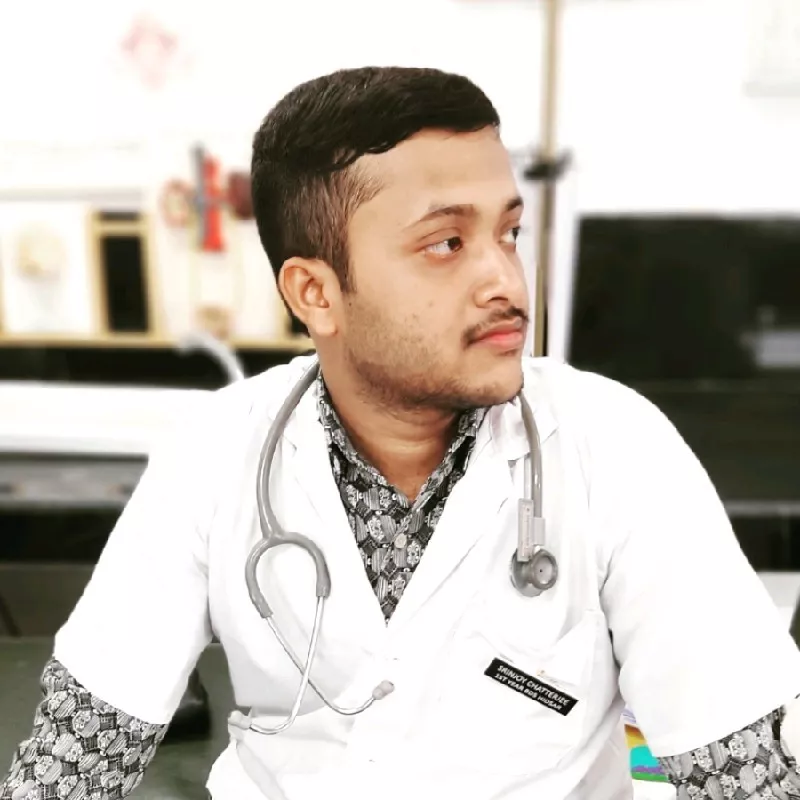
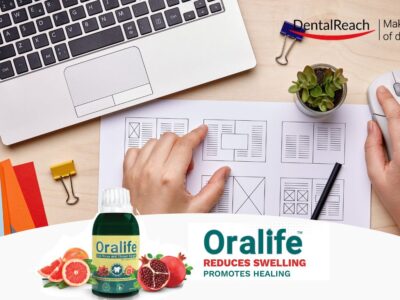
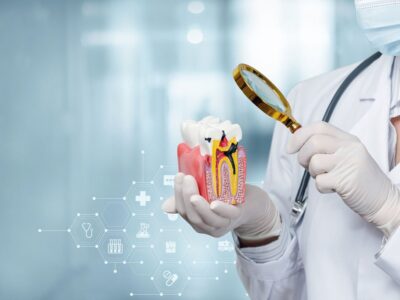


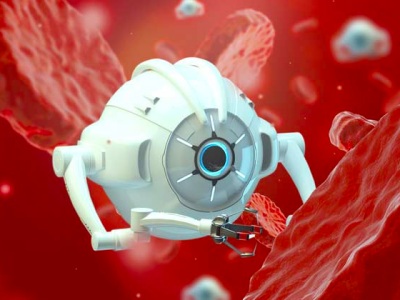
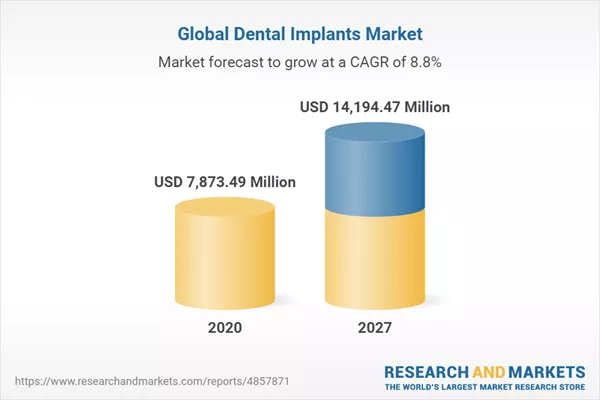









Comments